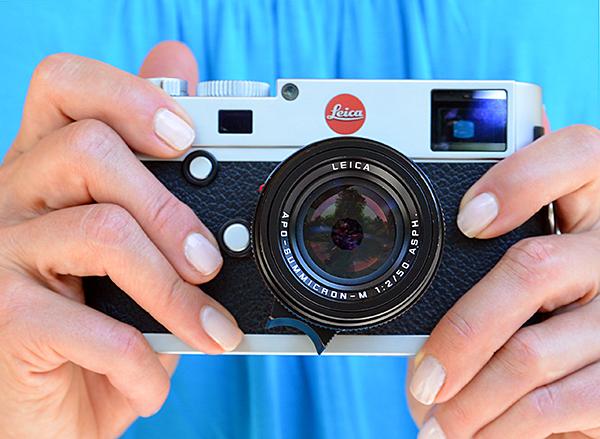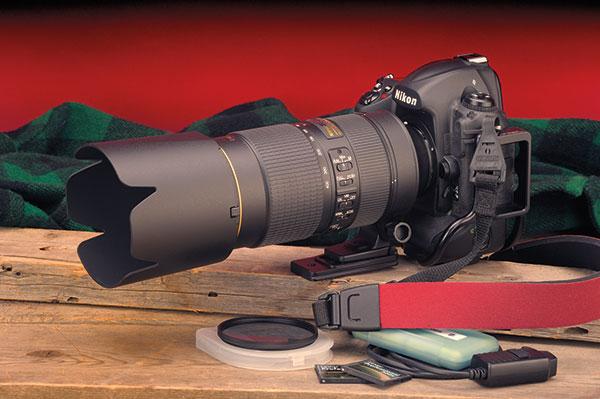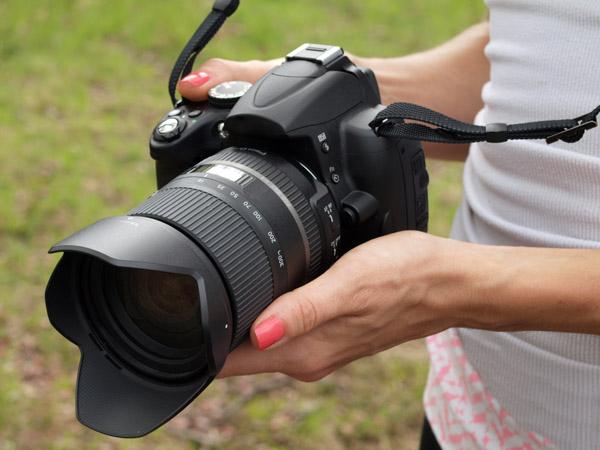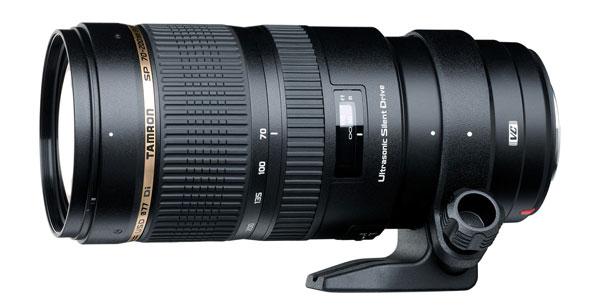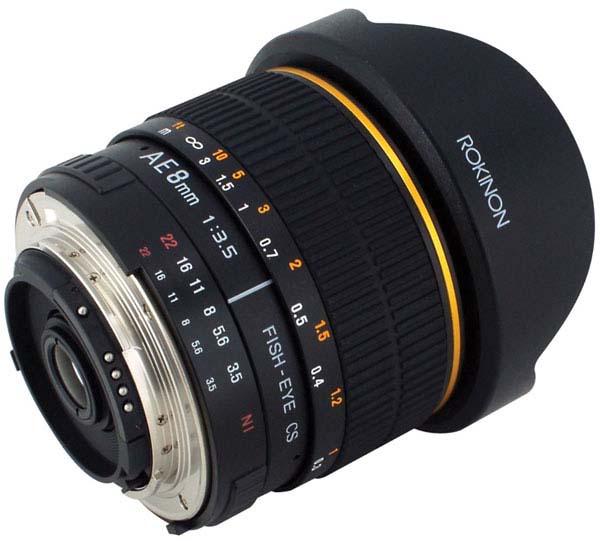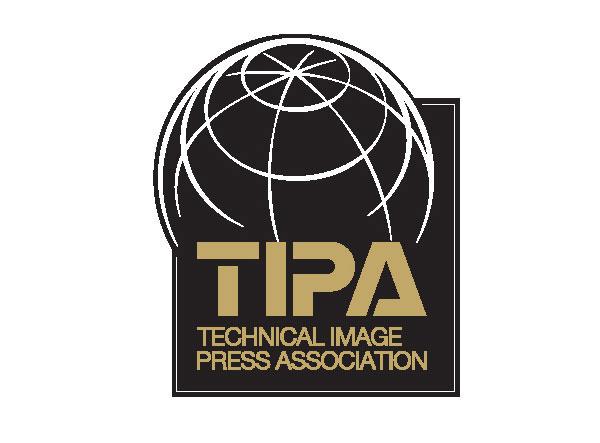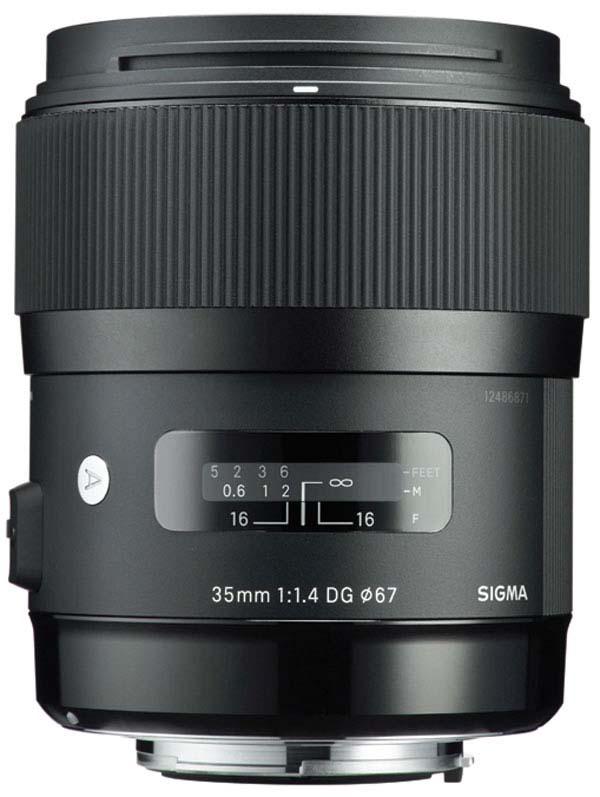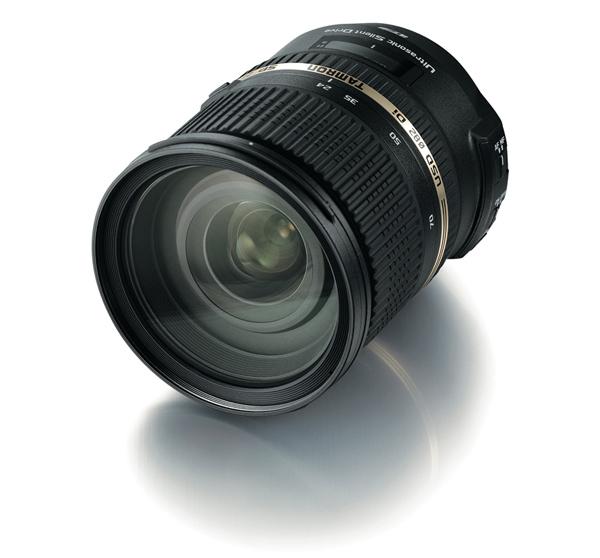|
Jun 25, 2014
|
Jun 19, 2014
|
Jul 18, 2014 |
First Published: Jun 01, 2014
|
May 25, 2014
|
Apr 15, 2014 |
First Published: Mar 01, 2014
|
Mar 17, 2014 |
First Published: Feb 01, 2014
|
Feb 21, 2014 |
First Published: Jan 01, 2014
|
Dec 17, 2013 |
First Published: Nov 01, 2013
|
Aug 16, 2013
|
Sep 03, 2013 |
First Published: Aug 01, 2013
Compact Camera NewsCompact Camera ReviewsDSLR NewsDSLR ReviewsLens NewsLens ReviewsLighting NewsLighting ReviewsPhoto Accessory NewsPhoto Accessory ReviewsPhoto Bag NewsPhoto Bag ReviewsPhoto Paper NewsPhoto Paper ReviewsPOV Camera NewsPOV Camera ReviewsPrinter NewsPrinter ReviewsSmartphone NewsSmartphone ReviewsSoftware NewsSoftware ReviewsTripod NewsTripod ReviewsVideo Camera NewsVideo Camera Reviews
|
Aug 06, 2013 |
First Published: Jul 01, 2013
|
Aug 12, 2013 |
First Published: Jul 01, 2013
|
May 06, 2013 |
First Published: Apr 01, 2013

